Chinglish medley
« previous post | next post »
An assortment of Chinglish signs and menu items from my files (I forget who sent them to me). There are eight all together. Before diving into an examination of them one after the other, I should note that the last two partially result from the perennial problem of not knowing how to deal with warnings involving the heart (xīn 心). Since I've already devoted an entire post to this topic, it might be worthwhile to take a peek at that before proceeding further:
"Mind your head" (8/28/15)
xiǎoxīn 小心 (lit., "little heart" –> "[be] careful; look out")
dāngxīn 当心 (lit., "heed / regard heart" –> "be careful; watch out")
1.
wǎnzǐ chì 碗仔翅
(lit., "bowl fins", i.e., "imitation shark fin soup")
This is a Hong Kong street-style snack made of bean starch vermicelli to imitate the much more expensive shark's fin soup.
2.
xiānghuá shuǐjīng fěn 香滑水晶粉
("creamy crystalline vermicelli") — I think that it is sometimes made with minced pork
The vermicelli in this soup is probably made of sweet potato starch and looks like this:
3.
lǎo Běijīng bào sān yàng 老北京爆三样
("three kinds of pork seared Old Peking style")
The three kinds of pork are lean pork, pork liver, and pork kidney.
As we've seen in a number of previous Language Log posts, bào 爆 ("burst; explode; blast; crack; quick-fry") often leads to hilarious mistranslations when applied to cooking.
4.
tángcù xīnlǐ měi 糖醋心里美
("sweet and sour pink-fleshed radish")
From looking at its appearance, you can understand how it got its name:
5.
suān jiāngdòu chǎo luósī ròu 酸豇豆炒螺丝肉
("sour cowpea sautéed with screw –> spiral [snail] flesh")
Jiāngdòu 豇豆 is the cowpea pod. Suān jiāngdòu 酸豇豆 is salted cowpea. After fermentation, it tastes sour. As for luósī 螺丝 ("screw"), I think it should be luósī 螺蛳, with the same pronunciation but written differently; it is Margarya melanioides, a kind of freshwater snail.
6.
yǒudiàn wéixiǎn 有电危险
("electricity; danger")
qǐng wù chùmō 请勿触摸
("please don't touch")
The trickiest part of this warning is yǒudiàn 有电 ("there is electricity").
A funny side-note: my wife told me that back in middle school and in high school, when she and her girl friends got near boys, they would say to each other (as a warning!), "yǒudiàn 有电" ("electric!").
7.
zhùyì ānquán xiǎoxīn lù huá 注意安全 小心路滑
("pay attention to safety: be careful, slippery road")
Lù huá 路滑 (lit., "road slippery") is one of those locutions that leads to endless slip-ups on the part of Chinese translators.
8.
dāngxīn pèngtóu 当心碰头
("be careful not to hit your head")
Pèngtóu 碰头 can mean both ("meet" with someone and "knock your head against something").
As the general level of English among the Chinese population has risen within the last five years — actually remarkably so, both in terms of the sheer numbers of individuals who know English to some degree and in terms of those who know it quite well — I sense that overall the amount of Chinglish being produced in China these days is declining, but you still get some humdingers. Here are a few to start the New Year off:
[Thanks to Jing Wen and Yixue Yang]
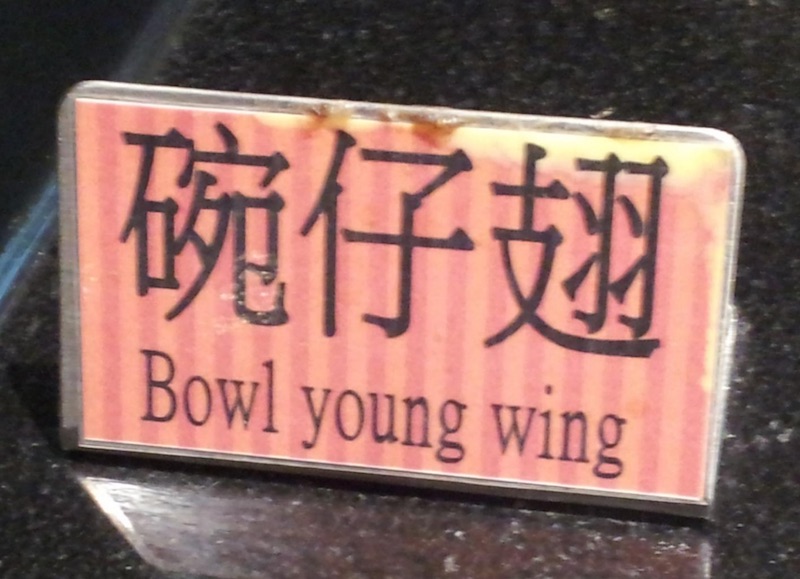
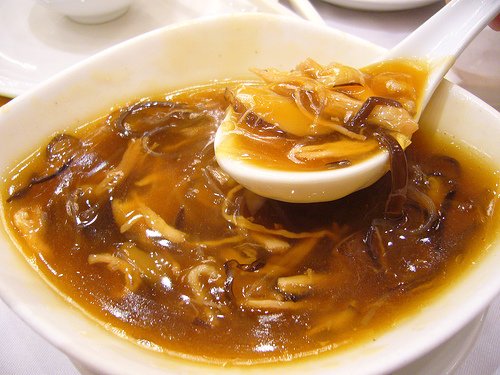
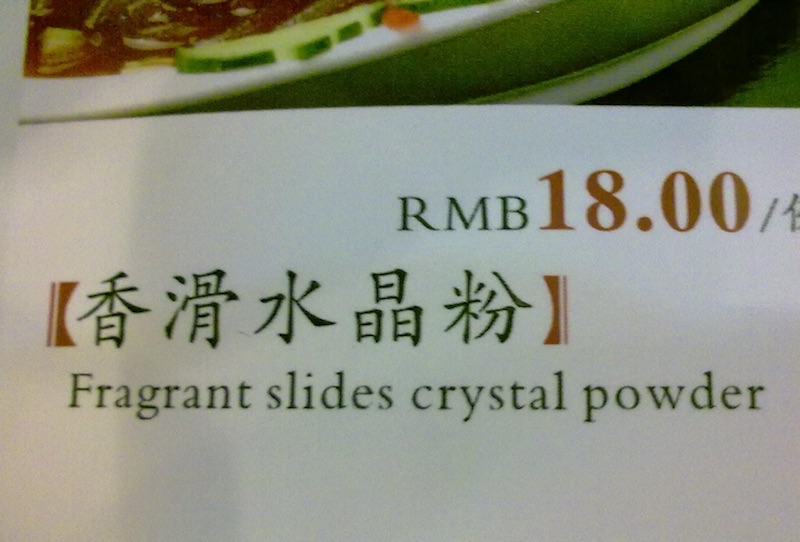
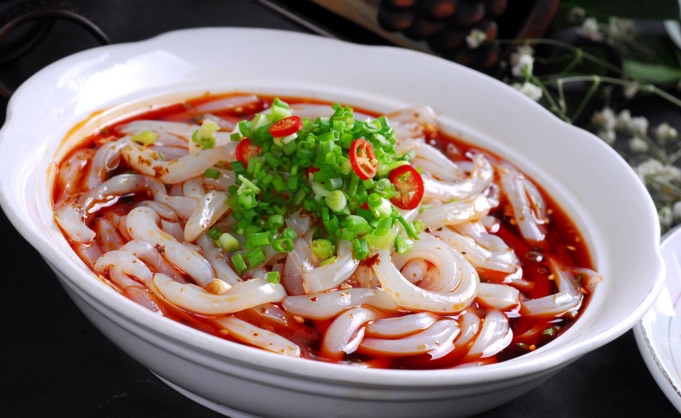

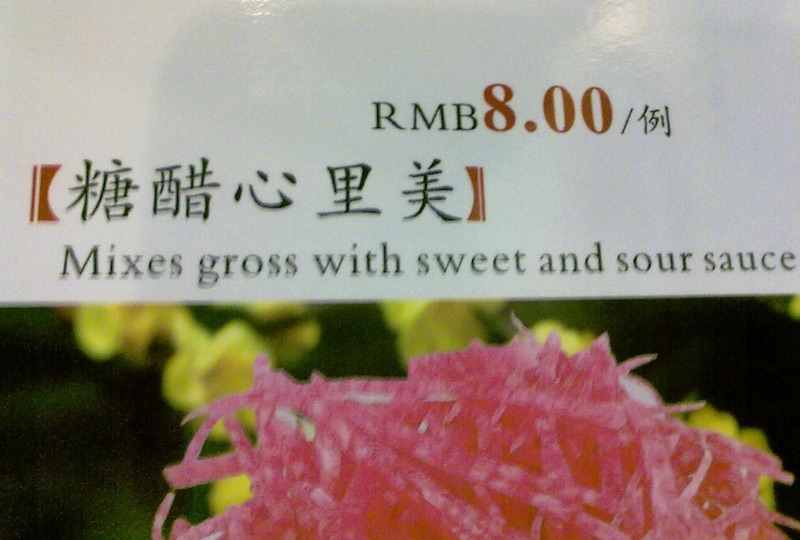
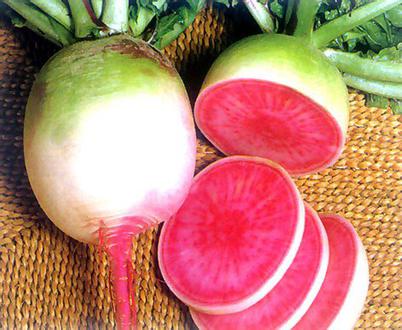
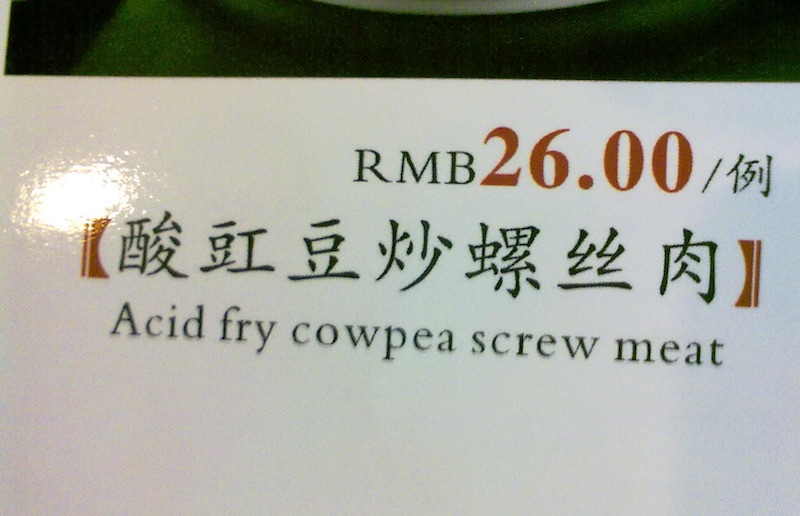



Mark Meckes said,
February 10, 2016 @ 11:13 am
Surely the funniest part of 6 is the "translation" of the lightning bolt symbol as a Nike swoosh.
Gregory Kusnick said,
February 10, 2016 @ 6:36 pm
I have to say I would be wary of meeting a guy with an Uzi sprouting from the top of his head!
julie lee said,
February 11, 2016 @ 11:24 am
As the post points out, in "screw meat" , "screw (luosi)" meanis snail or the screw, a type of nail. I knew the word in Mandarin, but never associated "luosi"(snail) with "luosi" (a type of nail). Perhaps because I usually heard the spiral-nail descibed as "luosi ding" (screw-nail), and had never seen it in writing.
So "luosi" (snail) must have been an older word and the screw-nail "luosi" came later, and literally means "snail", which never occurred to me before. I never knew the screw (spiral-nai)l meant "snail" in Mandarin.